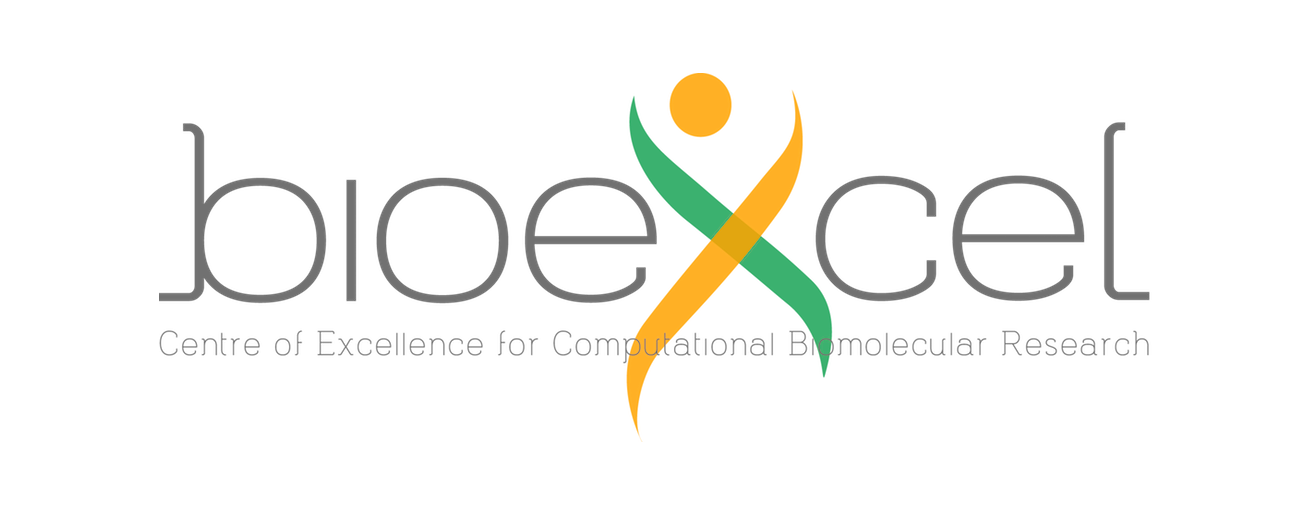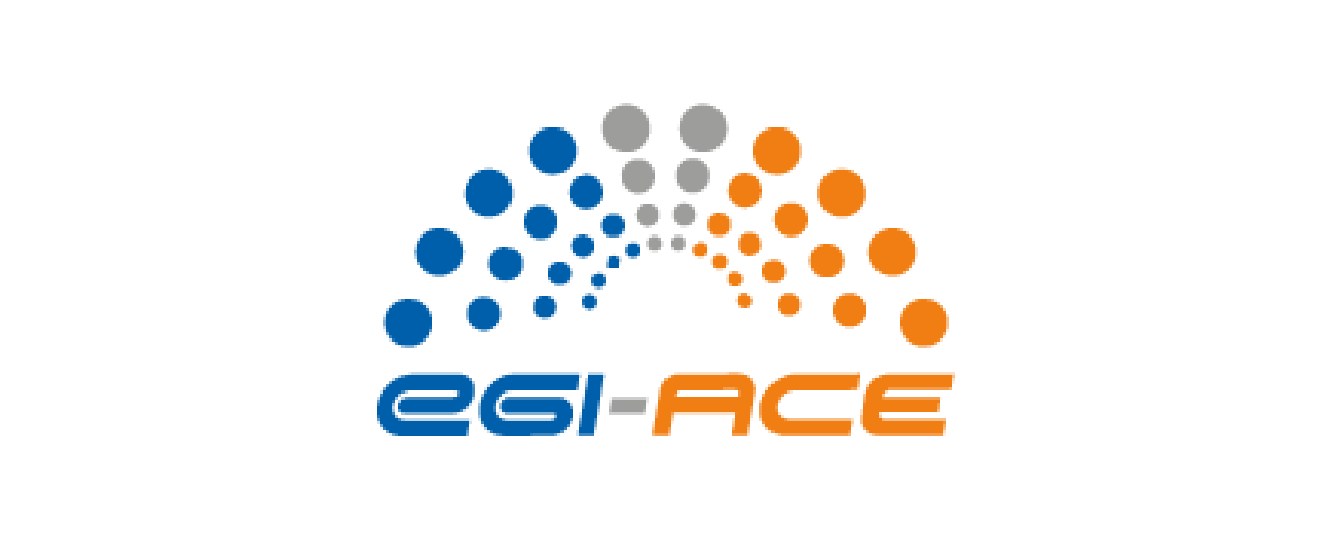Welcome! HADDOCK (High Ambiguity Driven protein-protein DOCKing) is an information-driven flexible docking approach for the modeling of biomolecular complexes.
HADDOCK distinguishes itself from ab-initio docking methods in the fact that it encodes information from identified or predicted protein interfaces in ambiguous interaction restraints (AIRs) to drive the docking process. It also allows to define specific unambiguous distance restraints (e.g. from MS cross-links) and supports a variety of other experimental data including NMR residual dipolar couplings, pseudo contact shifts and cryo-EM maps.
HADDOCK can deal with a large class of modeling problems including protein-protein, protein-nucleic acids and protein-ligand complexes, including multi-bodies (N>2) assemblies.
HADDOCK is one of the flagship software in the EU H2020 BioExcel Center of Excellence for Biomolecular Research.
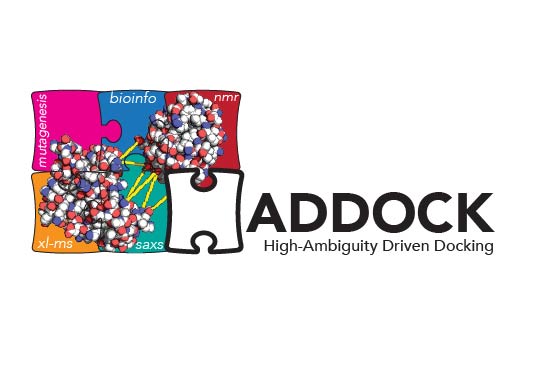
New to HADDOCK? To use the HADDOCK docking server you must have registered for an account.
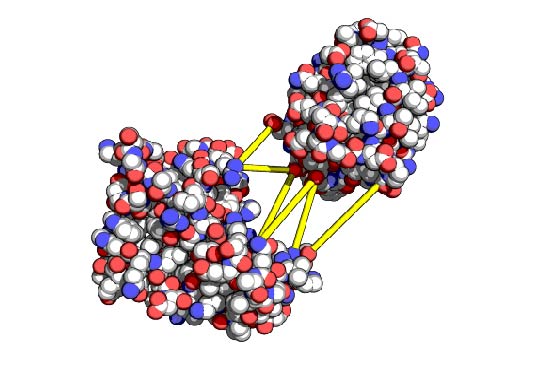
Our server is easier than ever to use.
Try our new submission interface!
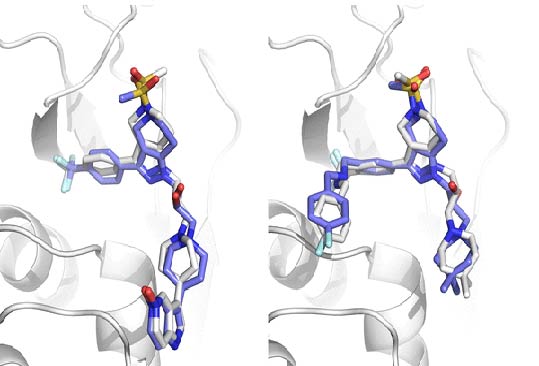
HADDOCK is used for excellent science and so far it has been cited more than 5000 times!

Looking for support or questions about HADDOCK’s usage? Check our BioExcel forum!
Server information
feedback The access of HADDOCK web server is free for non-profit users upon registration.
insert_chart Check our usage statistics and world map of users.
chevron_right The default HADDOCK settings used by the server can be found here.
chevron_right A list of modified amino acids and another molecule types supported by HADDOCK can be found here.
chevron_right Currently running HADDOCK v2.4-2022.08 - "A hot summer version!"
Cite us:
If HADDOCK is useful for your work, please don't forget to cite us:
- R.V. Honorato, P.I. Koukos, B. Jimenez-Garcia, A. Tsaregorodtsev, M. Verlato, A. Giachetti, A. Rosato and A.M.J.J. Bonvin (2021). "Structural biology in the clouds: The WeNMR-EOSC Ecosystem." Frontiers Mol. Biosci., 8, fmolb.2021.729513.
- G.C.P van Zundert, J.P.G.L.M. Rodrigues, M. Trellet, C. Schmitz, P.L. Kastritis, E. Karaca, A.S.J. Melquiond, M. van Dijk, S.J. de Vries and A.M.J.J. Bonvin (2016). "The HADDOCK2.2 webserver: User-friendly integrative modeling of biomolecular complexes." J. Mol. Biol., 428, 720-725 (2015).


